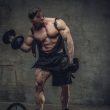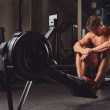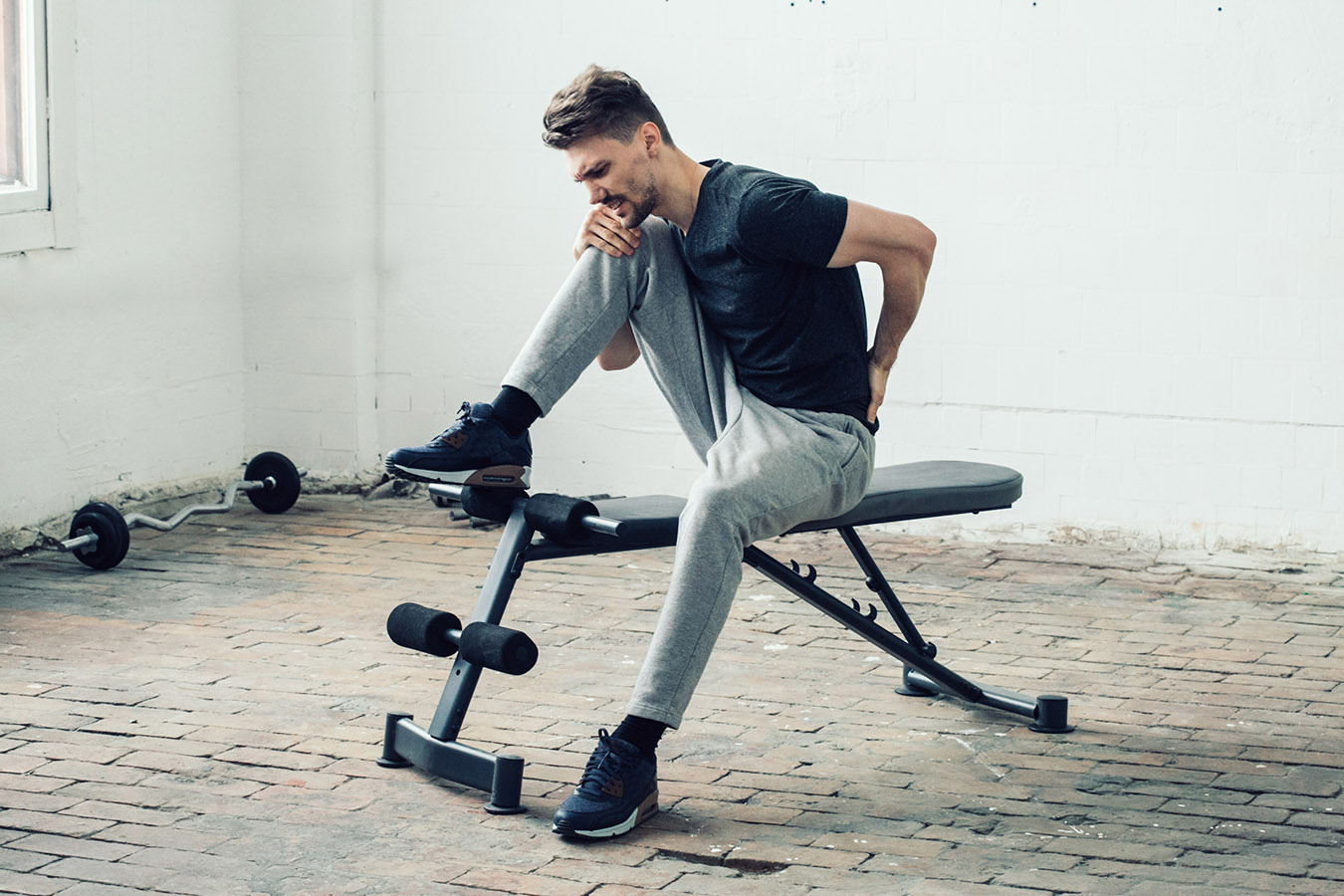Muscle pain has various causes. It can be caused by trauma or various diseases, in this case, pain often occurs already during training, is a dangerous signal and requires qualified medical care. If the pain occurs several hours after a particularly intense workout (or workout after a long break), then most likely, it is soreness and this is caused by micro-trauma within the muscles, resulting in the inflammatory process.
Why Do Muscles Ache after Exercise?
The onset of soreness is due to an increase in load during training, by more than 10% of your usual load. Exactly the same pain is experienced by a beginner after his first training session or an ordinary person after unexpected hard work (for example, active work in a certain country at the beginning of a season). A professional athlete can also face this phenomenon, for example; after a long break in training due to rehabilitation after an injury or as a result of increasing the intensity of training in order to overcome the training plateau point.
Excessively intense (on the verge of the maximum possible for a given level of fitness), load causes overstrain of muscle fibers and can damage them inside. The rupture of myofibrils and damage to the sarcoplasmic membranes of muscle cells, causes muscle proteins to enter the bloodstream, which serves as a signal for the start of the recovery process. Inflammation is a combination of the body’s reactions to tissue destruction and is an attempt to restore the integrity of damaged structures.
Initially, there is a sharp narrowing of the lumen of blood vessels (vasoconstriction) in the area of damaged tissues. This is necessary to prevent blood loss. After this, the vessels dilate (vasodilation), to provide the damaged tissue with immune cells (leukocytes) and the substances necessary for recovery (proteins, minerals, etc.). Excess fluid in the damaged tissue causes it to swell (Edema fluid). Leukocytes remove the remnants of destroyed cells and the synthesis of the new structures begins, replacing the destroyed ones, as micro-breaks in the connective tissue, blood vessels, and muscle fibers are closed.
For a long time, it was believed that muscle pain occurs due to the accumulation of lactic acid within said muscles. However, it is now generally accepted that lactic acid is responsible for the burning sensation in tired muscles during exercise and not from lagging pain. Excess lactic acid is removed from muscle tissue 2-3 minutes after stopping a workout and does not affect the condition of the muscles. Soreness occurs due to micro-tears in the muscles caused by mechanical reasons.
Another point that is interesting, is that it turned out that the occurrence of micro-traumas and therefore, delayed muscle pain is more influenced by the eccentric phase of the exercise (negative), for example in a squat, the lowering of the body comes to the lowest point, or in pull ups when the arms are straightened.
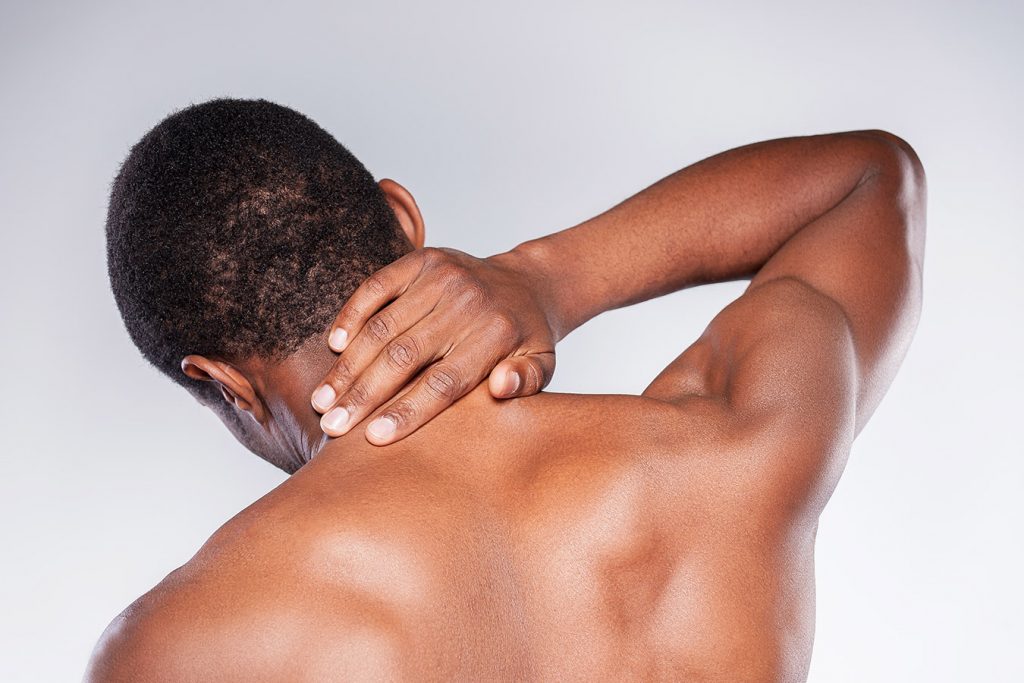
How to Relieve Pain and Cure DOMS?
Unfortunately, there is no way to “cure” the muscle soreness before the muscles have fully recovered, but you can significantly alleviate the symptoms and there are many ways to do this. In general, the delayed onset muscle soreness (DOMS) goes away by itself within 2-3 days. But if the pain becomes too uncomfortable then the following remedies can be applied.
- Warm-up or stretching (preferably outdoors), jogging or a light workout.
- Massage helps to stretch and relax the muscles, improving blood circulation and accelerating their recovery.
- Hot bath (preferably immediately after training), cold compress, contrast shower.
- Taking BCAAs or beta-alanine, vitamin C, preferably before or immediately after training. Try drinking more water to stay hydrated.
- As a last resort, you can take an analgesic or non-steroidal anti-inflammatory drug (aspirin, ibuprofen, diclofenac).
- The main thing is to get enough rest for muscle recovery. Normal, comfortable sleep, quiet walks in the fresh air or switching to other activities.
It is necessary to take into account such an important factor as the effects of repeated loading if, after a full recovery, you carry out exactly the same training, then the pain after it will be less than the previous time, due to the adaptation of the muscular system to the load. As a result, with systematic training, the pain practically disappears. Unfortunately, after a while, muscle growth also slows down and stops, so you have to increase the intensity of your workouts, which can cause muscle soreness to reappear.
No Growth without Pain?
The onset of pain after heavy exertion and muscle hypertrophy, which is also the body’s response to training stress, are closely related because they arise from the same cause. But at the same time, there is no direct causal relationship between these two factors (DOMS and muscle hypertrophy). By itself, muscle pain is neither a cause nor a sign of growth.
Pain itself, as already mentioned, is only a sign of inflammation in the damaged muscle tissue. The fact that the restored muscle becomes larger in size, as well as more resilient and stronger, is in no way connected with pain as such. However, if a new training of equal (or greater) intensity does not follow within 2-3 days after a full recovery, the muscle will return to the pre-training state, both in terms of volume and strength. Therefore, you can train once every two weeks, bringing yourself to exhausting pain each time, and still not grow.
Scientists specifically conducted studies in which they gave the same training load to trained and untrained athletes. The trained of course, did not receive as many micro-traumas as the untrained and accordingly, did not experience pain after training. But, the growth in volumes and strength indicators following the results of the training cycle were the same.
How to Understand No Pain, No Gain?
It is better understood figuratively, that to achieve the goal, you need to work hard. Without overcoming difficulties, there is no progress. To achieve a lot, you need to be ready for any challenge. But you don’t need to take this famous phrase as a training program, as they say, if nothing hurts after training, I trained in vain. This approach can lead to very unpleasant consequences, for example, you can confuse muscle pain with post-traumatic pain and end up in a hospital bed.
Remember Forever:
- If the pain is acute;
- If it does not pass at rest;
- If it occurs during training and not the next day;
- If it does not pass after a day or two, but intensifies;
- If the pain is not in the muscles, but in the joints or bones;
- If the pain is accompanied by a crunch or poor mobility;
- If redness and swelling occur immediately.
This is not soreness, but trauma! Do not wait for it to pass by itself, you must see a doctor immediately! It is better to play it safe and then laugh at yourself with friends, than to end up in the hospital bed for many months. Keep in mind that not all dislocations and injuries that are “trifling” at first glance are healed to the end. Some of them (especially neglected ones) require complex surgical operations. They can annoy you for years. Not to mention the fact that they can force a person to leave their favorite sport altogether.
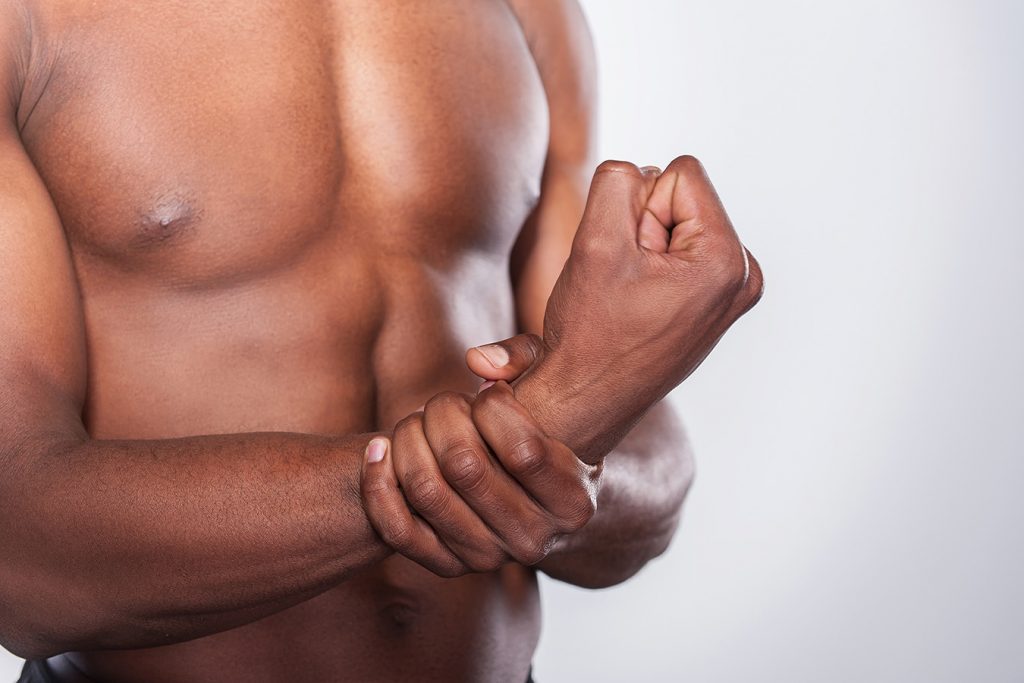
How to Avoid Muscle Pain after Exercise?
Muscle pain is pleasant for many athletes, since they are able to feel the effects of their workouts, they are pleased to feel their muscles, which at this moment subjectively seem larger (and not only subjectively, due to inflammatory of Edema fluid). But sometimes the pain is too intense to be enjoyed. Also, not everyone likes limited mobility and pain. It is unlikely that pain can be completely avoided (when resuming training after a break or when changing a training program, etc.), but it can be minimized by following these simple recommendations.
1. Increase the load gradually. If you are a beginner or are starting to practice a sport and this is new to you, do not try to immediately reach the level of a trained athlete. Start at a minimum and gradually build up the load. Even if you change your training program or go to high-intensity training, to break out of the training plateau, do 1-2 workouts with intermediate loads. The result will depend on the type and amount of load and the soreness depends primarily on the sharpness of the transition to it. If you increase the load smoothly and not abruptly, you will still achieve the same results, but the soreness will be much less.
2. Regular training is the key to the absence of pain. If you experience muscle pain due to irregular training, try to train more regularly.
3. Be sure to warm up and cool down. Do not neglect these important elements of the training system. Let them become an indispensable part of any workout for you. Well-warmed and trained muscles are less injured and hurt less after exercise.
4. Weigh the workload against your available resources. Don’t try to jump over your head. Yes, we must strive for more and constantly surpass ourselves. But do not set deliberately impossible tasks, which you will then try to accomplish at any cost. The result can be not only soreness but even injury or overtraining.
5. Give your muscles proper rest. If by the time of the next workout you are no longer experiencing pain, but barely noticeable discomfort and stiffness in the muscles, then the workout will not hurt. Afraid that your muscles have not recovered? Make your workout easier. But if you can hardly move because of pain, then the time for a new workout has definitely not come yet. Better to skip one, as underreported muscles will still prevent you from working fully.
6. Provide your muscles with adequate nutrition. Use vitamin complexes and sports nutrition, such as; BCAA, beta-alanine, glutamine, omega-3, protein. As well as special recovery complexes. The content of vital substances is not always enough in regular food, especially during the period of intense training.
Conclusion
In summary, muscle pain signals the need for rest and recovery. Therefore, the main thing is to allow the muscles to fully recover before giving them a new load. Over the years, a trained athlete learns to feel his body and the needs of the muscles, as well as when they require a higher load and when they require rest. A little muscle soreness is a nice sign of a good workout!


